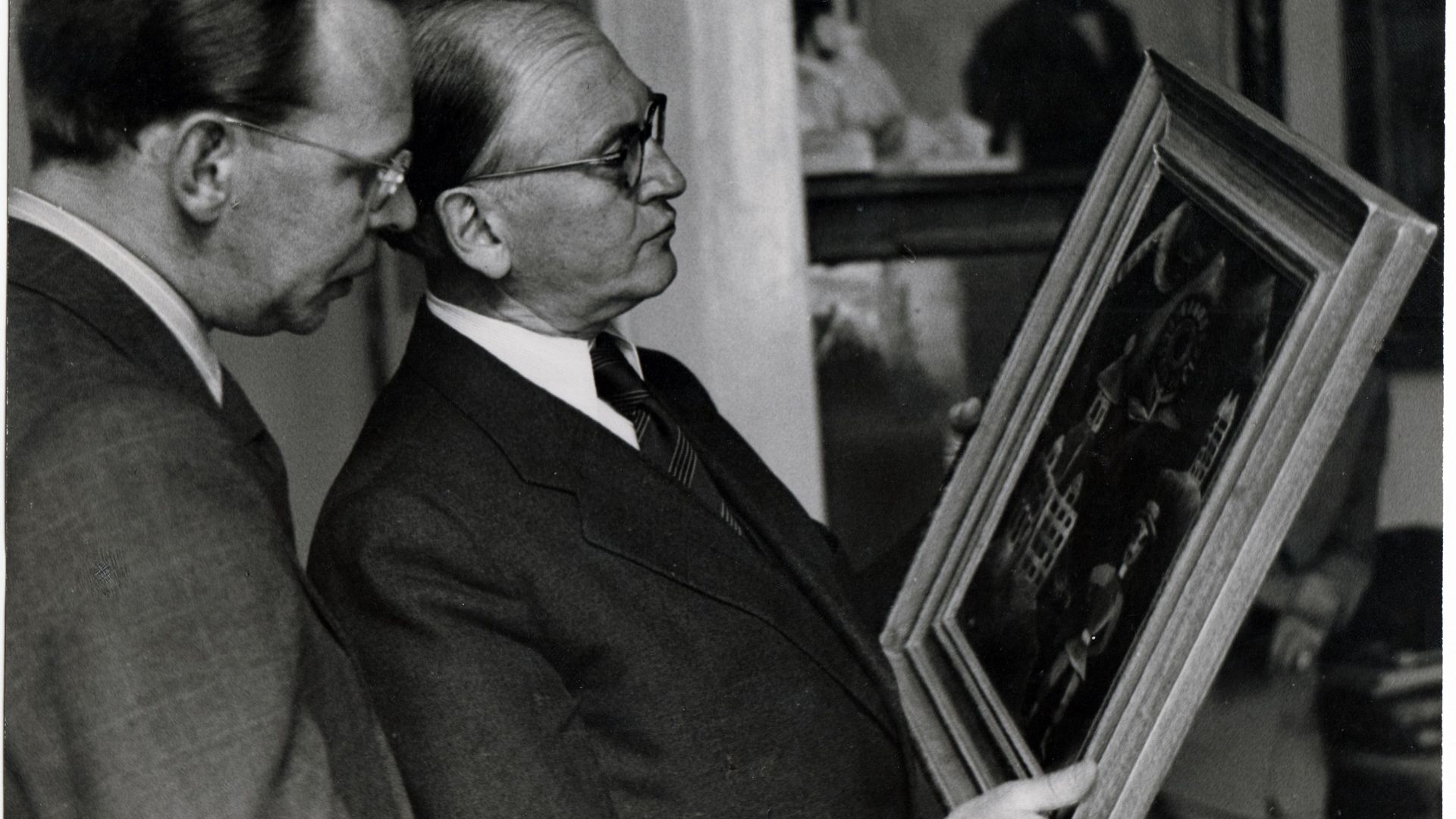Records are not always available to shed light on the provenance of every work. It is now established that 1,482 paintings, sculptures and paper-based works in the Berlinische Galerie’s collection were definitely not taken from victims of Nazi persecution. Their provenance is clear and gives no grounds for concern. But for many works predating 1945, the circumstances need further research. The task is to find out who the previous owners were and to track down the exact details of purchase and sale. That is the only way to ascertain whether a work in our collection is being held wrongfully.
It is not always possible to reconstruct provenance in full for the period from 1933 until 1945. Nevertheless, every point we can define along the journey has a significance. It always gives the museum something to work with and allows us to experience the art from a new perspective. In addition to the theme and style, provenance helps us to understand the cultural context in which the value of a work unfolds.
You can call up information about the provenance of the paintings. Different media are used to illustrate the existing clues, reveal findings from further research and describe problematic issues. Select a work to find out more.
